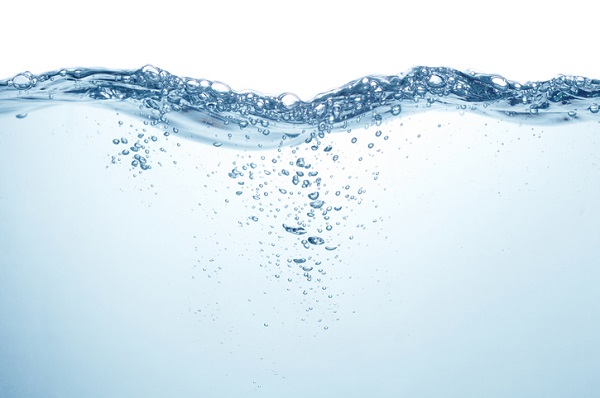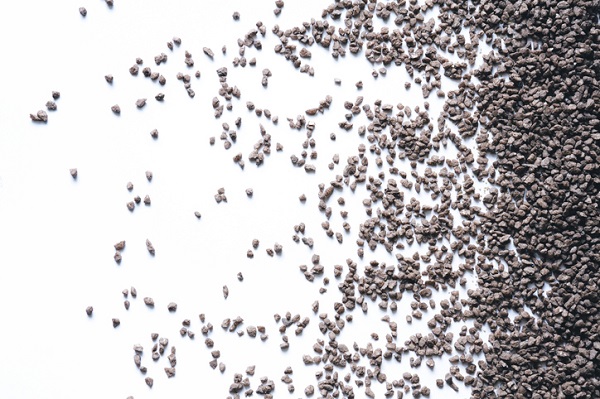
After your program, you may choose to work in cannabis production or retail. If you pursue a career in retail, Health Canada regulations prohibit you from growing your own cannabis plants. Even if you won’t be doing this step yourself, you may still be interested in the process. Knowing how things are produced is excellent background knowledge.
There are many different aspects to cannabis farming. Hydroponics is one technique that uses water filled with nutrients to grow cannabis without soil. Read on to learn more about this interesting technique.
Cannabis Cultivation and How it Works
Cannabis cultivation is traditionally done using soil. The plants can be grown in a number of ways:
- Using seeds: The seeds are germinated and planted in a small container once taproots appear. When seedlings have had time to further develop, they are transferred to a larger space.
- Using clones: Plants are made from clippings or cuttings of other plants. Roots develop out of the clippings within weeks and the clones can be planted.
- Indoors: Light, humidity, and watering are controlled in the indoor environment for precise care.
- Outdoors: A more difficult technique due to variability of conditions, cannabis plants can grow outdoors with adequate watering and sunlight.
Hydroponics Explained for Students in Cannabis Retail Courses
In cannabis retail courses, growing techniques are covered, including background on equipment, indoor cultivation, and grow room setups. When you learn about breeding and harvesting cannabis, you may be interested in different techniques and how they work.
Hydroponics:
- Is used for many types of plants, not just cannabis
- Does not use soil. Instead, nutrients are fed directly into the roots via a water solution
- Recycles unused water back into the system to be absorbed later in the process
- Suspends roots of plants to apply the solution to them for absorption

Hydroponics can be used for many plants, such as strawberries
Some of the nutrients required for hydroponics include:
- Nitrogen: Essential for growth and development, develops strong plants and allows plants to multiply
- Phosphorus: Helps plants develop roots and flower
- Potassium: Regulates water and salt in the plant, facilitates energy storage
- Calcium: Keeps cell structure intact and facilitates new growth
- Magnesium: Main molecule in chlorophyll, enables conversion of sunlight into glucose and metabolizes it for growth
Hydroponics vs. Aeroponics
Hydroponics suspends the roots of cannabis plants to directly apply nutrients to them, instead of the plant absorbing nutrients through the medium of soil. Mediums used to suspend roots include:
- Sand
- Rocks
- Gravel
- Perlite (a volcanic glass that is shaped like small spheres)
Mediums may be used in combination as well.
Aeroponics, on the other hand, uses only the medium of air to suspend roots. Instead of placing the roots directly into a water solution, nutrients are given via a mist that is sprayed on. This method uses less water and requires a planter bed that separates roots and suspends them for access.

Gravel is sometimes used as a medium to suspend roots in hydroponics
Why Hydroponics Is a Greener Solution for Farming
With a cannabis retailer certification, it may be important to you that your industry strives to be as environmentally conscious as possible. Hydroponics offers a more environmentally friendly option for growing plants, due to various factors, including:
- Recyclable water solution (whereas soil is not necessarily recyclable)
- Plants can be placed closer together, while with soil farming each plant occupies significant, fixed space
- Fewer issues exist with infestations of pests or disease when plants are not grown in soil, reducing the need for pesticides
Hydroponics is an option for farming that has the potential to make the cannabis industry gentler on the earth.

Hydroponics provides a greener farming option that can benefit the health of the planet
Are you hoping to apply for a cannabis licence?
Contact AAPS for more information.



